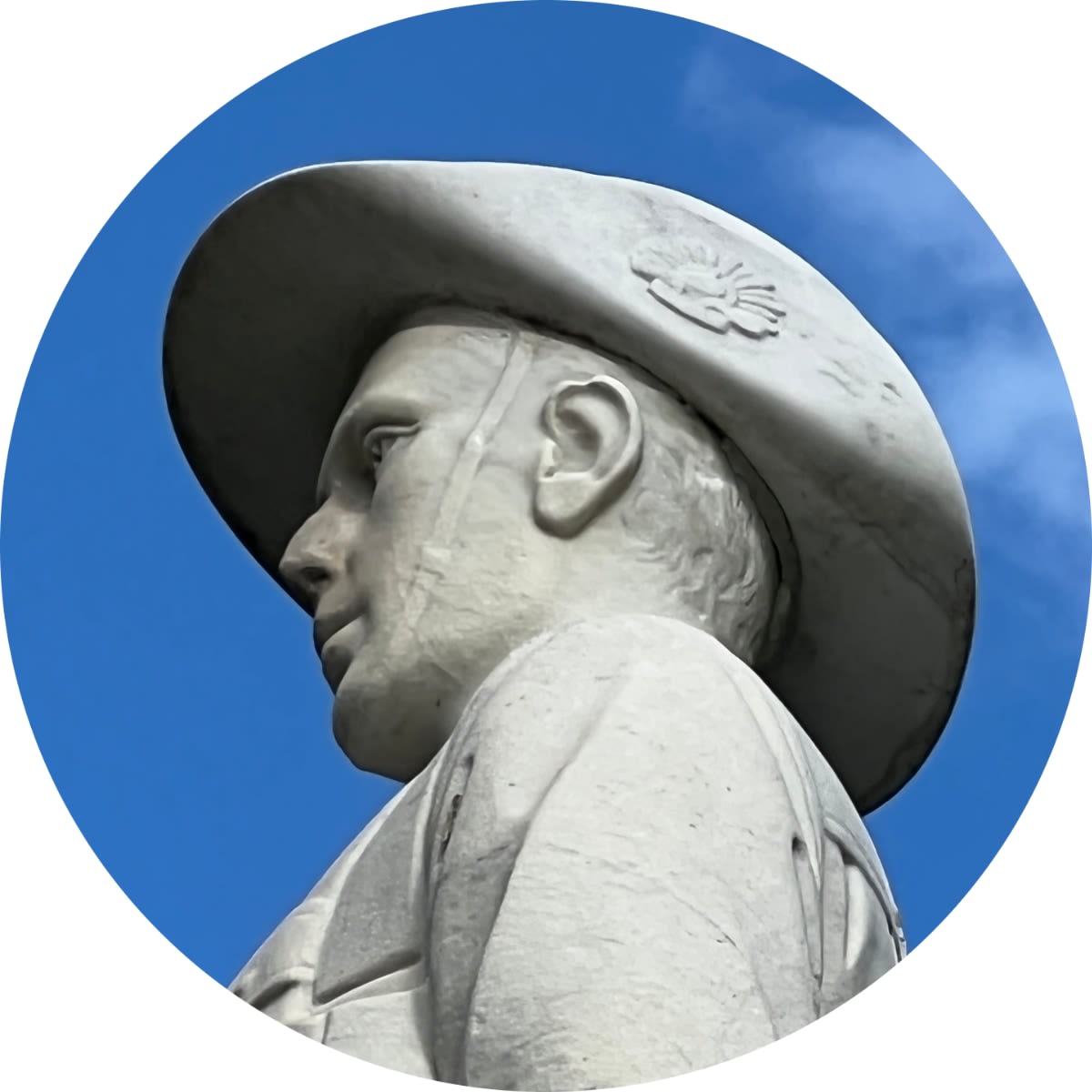
Celebrating the life of
Edwin Rawlings FITTOCK
In the First World War, Edwin Rawlings FITTOCK volunteered to serve overseas with the Australian Imperial Force (AIF). He embarked at Sydney, New South Wales aboard HMAT Wiltshire on 7 February 1917. He was a member of the 42nd Infantry Battalion. Edwin is remembered by all his descendants for his service and sacrifice. LEST WE FORGET
Join Memories to request access to contribute your cherished photos, videos, and stories to Edwin Rawlings's memory board with others who loved them.
Join Memories